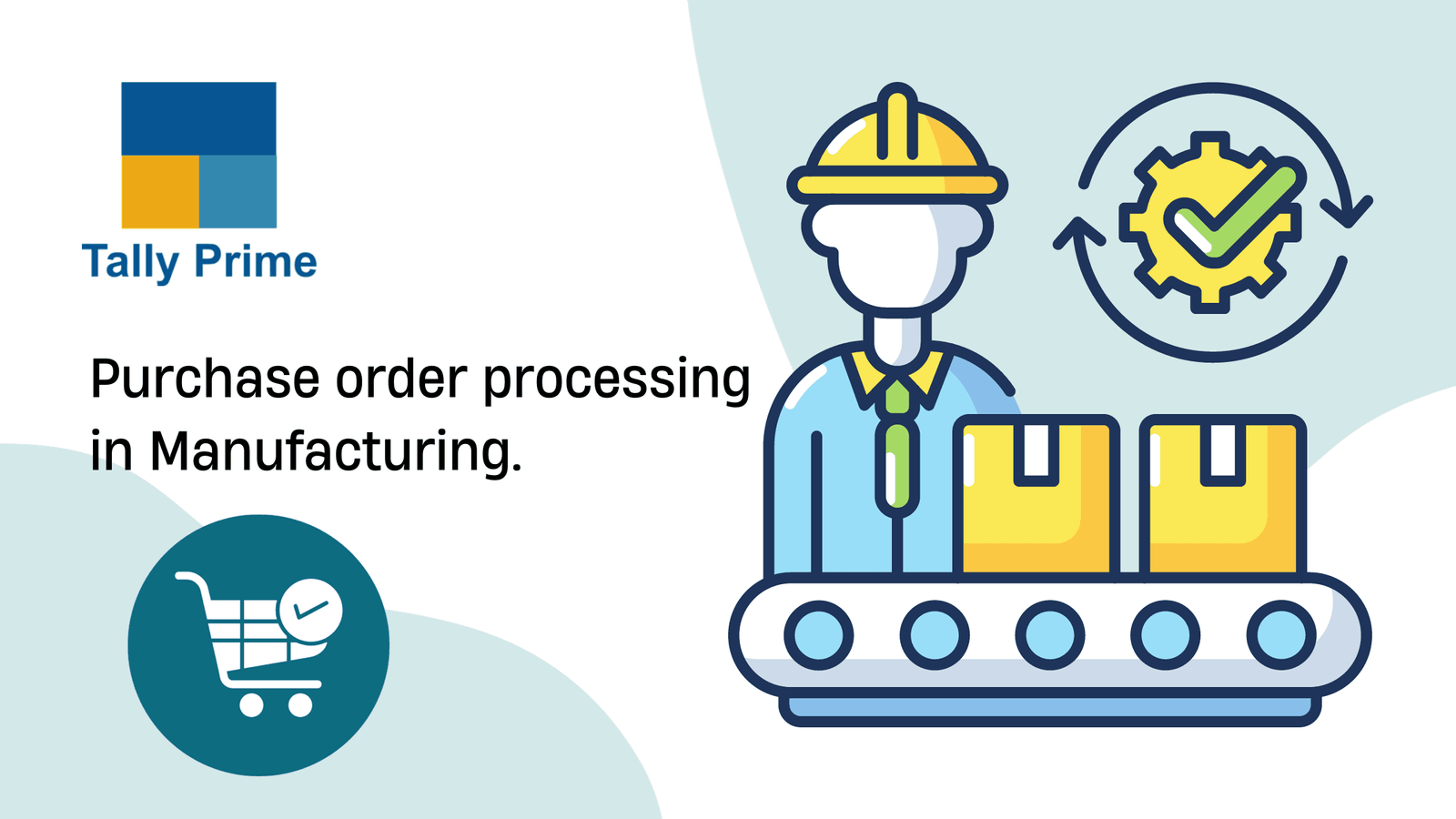Purchase Order Processing (PO)
I. Introduction:
Purchase Order Processing (PO) is a critical facet of procurement, serving as the formal request for goods/services. It ensures transparency, efficiency, and accuracy in transactions, fostering effective supplier relationships and streamlined supply chains.
Businesses encounter challenges in ensuring compliance during purchase order processing, including navigating complex regulations, managing vendor adherence, mitigating risk, and maintaining data security, which collectively demand meticulous attention and strategic solutions.
II. Key Compliance Challenges:
- Data accuracy and completeness:
Ensuring precision in purchase order processing involves meticulous upkeep of supplier details and item information. Accurate data maintenance is vital for efficient procurement, minimizing errors, and fostering reliable business relationships.
Guaranteeing the presence of accurate approvals and authorizations is essential for maintaining compliance and accountability, mitigating risks, and fostering a seamless and transparent workflow within the purchase order processing system.
Mitigating the risk of operational disruptions and financial losses by emphasizing the importance of comprehensive documentation in purchase order processing, ensuring accuracy, compliance, and smooth transactional workflows.
- Internal controls and procedures:
Establishing resilient purchase order workflows involves designing efficient processes with clear approval stages. By implementing robust systems, businesses can enhance accuracy, reduce delays, and ensure seamless procurement operations.
Ensuring accountability, segregating duties prevents conflicts of interest, fostering transparency. Regularly reviewing and updating internal controls is crucial for adapting to evolving risks, maintaining effectiveness, and safeguarding organizational integrity.
- Supplier management:
Efficient procurement begins with a rigorous pre-qualification and onboarding process, ensuring suppliers align with stringent compliance criteria. This strategic approach enhances transparency, risk mitigation, and fosters long-term, reliable partnerships
Efficiently monitor supplier performance by conducting comprehensive risk assessments. Evaluate factors such as delivery reliability, quality consistency, and financial stability to ensure a resilient and reliable supply chain.
- Regulatory changes and updates:
Revamping internal workflows to align with evolving demands, organizations enhance agility and responsiveness. Adapting internal processes ensures readiness for new challenges and optimizes operations for sustained success.
Embracing technology for automated compliance tasks streamlines processes, reduces errors, and ensures regulatory adherence. Investing in such solutions enhances efficiency, minimizes risks, and fosters a proactive approach to compliance management.
III. Strategies for Overcoming Compliance Challenges:
- Leveraging technology:
Leverage the transformative power of purchase order automation software to enhance operational efficiency. By automating workflows, businesses can streamline processes, minimize errors, and achieve a more agile and error-resistant procurement system.
Leveraging advanced data analytics tools enables organizations to proactively pinpoint and mitigate potential compliance risks, fostering a proactive approach to regulatory adherence and enhancing overall operational integrity.
Enhance procurement efficiency and mitigate risks by seamlessly incorporating compliance checks into purchase order workflows. This integration ensures adherence to regulations, fostering a secure and streamlined procurement process.
- Building a culture of compliance:
Implementing consistent training and awareness programs for employees ensures ongoing skill development, enhances job performance, and fosters a culture of continuous learning within the organization.
Fostering an ethical and compliant work environment involves cultivating a culture where integrity is paramount, employees adhere to ethical standards, and the organization aligns with legal and regulatory requirements.
Fostering an environment that values open communication and encourages individuals to freely express concerns promotes transparency and accountability, creating a culture where issues can be addressed promptly and constructively.
- Partnering with external experts:
Engaging in consultations with legal and compliance professionals is essential for obtaining expert guidance on navigating complex regulatory landscapes, ensuring adherence to laws, and mitigating potential risks within business operations.
Pursuing accreditation or certification is a strategic initiative to validate adherence to compliance best practices, demonstrating commitment to industry standards and fostering trust among stakeholders.
Developing strong and positive relationships with regulatory agencies is crucial for businesses. This involves open communication, compliance collaboration, and proactive engagement to navigate regulatory landscapes effectively and ensure long-term operational success.
IV. Conclusion:
Prioritizing compliance in Purchase Order (PO) processing is paramount. Ensuring adherence to regulatory standards not only mitigates legal risks but also fosters trust with stakeholders. Robust compliance practices enhance transparency, reduce errors, and safeguard the integrity of procurement operations, contributing to sustained business success and positive stakeholder relationships.



